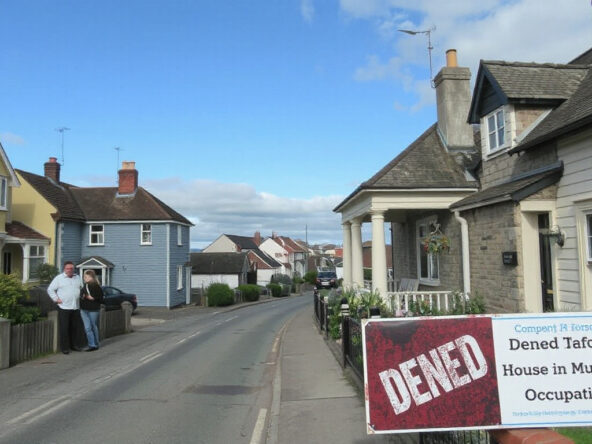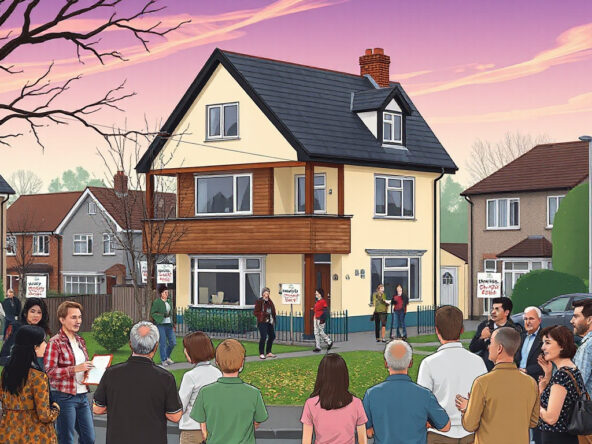New Council Tax Premiums for Second Homes: What Property Investors Need to Know
As the new fiscal year nears, investors and second home owners face new charges. Local councils in the UK now may raise council tax by up to 100% on homes that serve as a second residence. The change adds to rising costs like higher stamp duty and shifts in mortgage interest relief for buy-to-let properties.
Understanding the New Council Tax Premium
The tax premium can double the yearly bill. It applies when a property is furnished but not used as the owner’s main home. Estimates show an average bill might rise from about £2,171 to near £4,342 each year. This rise comes as many regions struggle with housing shortages. In areas with many second homes, local people need more affordable homes nearby.
Reports tell us that over 150 local councils plan to set this premium. Many of these are in popular spots like Cornwall, South Hams, and Cumberland. The aim is simple: help local people find housing when second homes fill the market.
Council Tax Statements and Upcoming Changes
Council tax statements come out in March. Many property owners will soon see the new bills. This year’s bills will be the first with these changes. Homeowners should get ready for the new charges starting on 1 April 2024. For details, look up your local council’s website or use a government portal with your postcode.
Types of Properties Affected
It is important for investors to know which properties count as second homes. A second home is usually a furnished property not used as the main residence. The rules can sometimes seem unclear. A BBC case showed a property called “substantially furnished” even though it lacked basic items. This led to a very high council tax bill. If you think your charge is too high, contact your local council and the Valuation Office Agency to ask for a check.
For homes that do not count as second homes—like buy-to-let or holiday lets—other rules apply. In a buy-to-let, the tenant usually pays the council tax. In houses where more than one person lives (HMOs), the landlord must pay but can add the charge to the rent.
Impact on Empty Properties and Holiday Lets
Empty homes can also see higher charges. Properties left unfurnished for 12 months or more may face extra tax. Recent rules set the premium at 100% for homes empty from one to five years. For homes left vacant over ten years, the rate may reach 300%. This rule tries to push owners to rent out or sell empty properties.
Owners of holiday lets may have a different tax rule. A holiday let might fall under business rates instead of council tax. This switch can lower the cost. To count as a holiday let, the home must be available for a set number of rental days each year. The requirements vary between England, Scotland, and Wales.
What Property Investors Should Consider
Investors who own second homes or think about changing a property to a holiday let should check the tax changes. The new tax premium might change how attractive it is to hold extra properties. In some cases, selling the home may seem more attractive.
Changes to tax reliefs for holiday lets begin on 1 April 2024. This shift may mean that some investors lose tax benefits they once had.
Final Thoughts
The upcoming council tax changes mark an important time for property investors and second home owners. With higher bills and rising costs, it is wise to plan ahead. Property owners need to watch local council decisions, check their home’s status, and follow new laws that may affect them. Now is the time to get ready.



